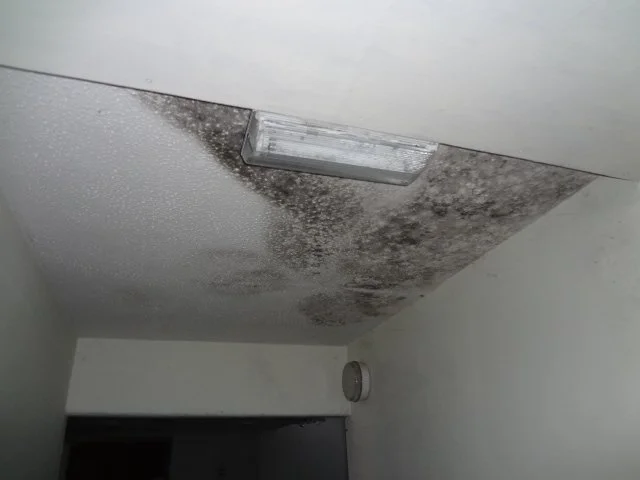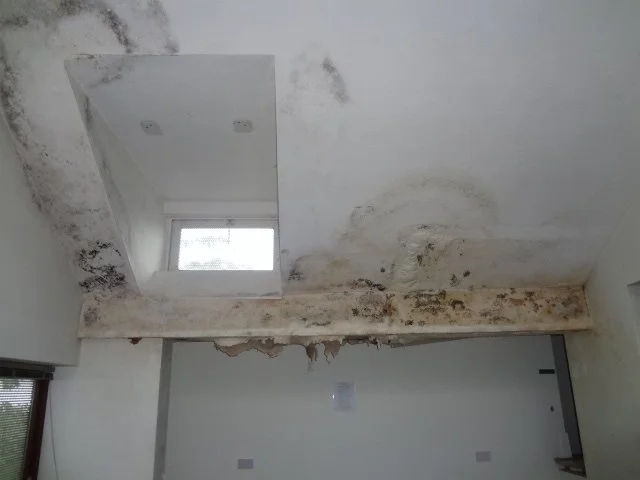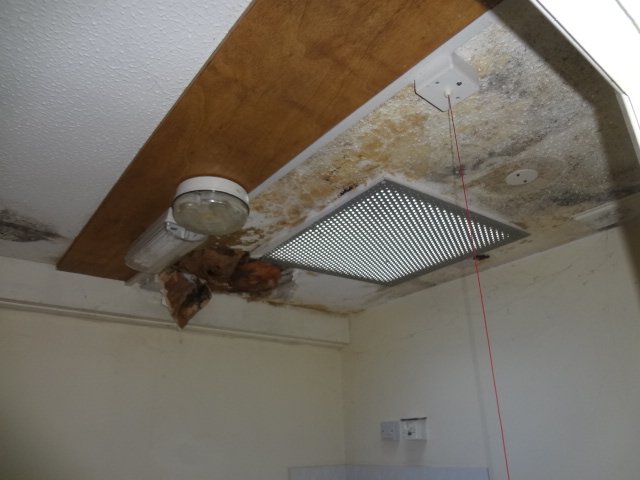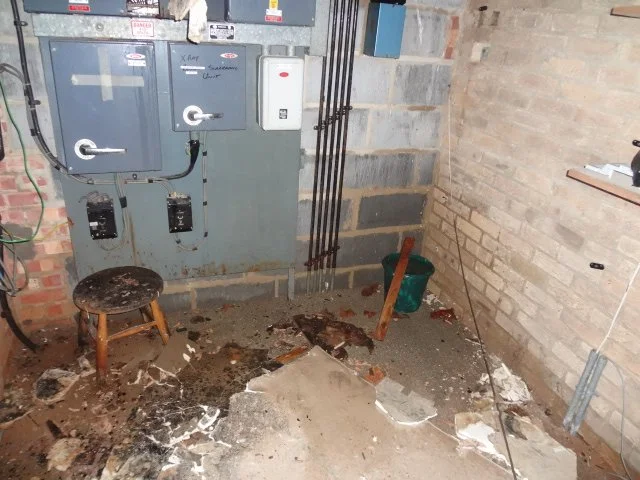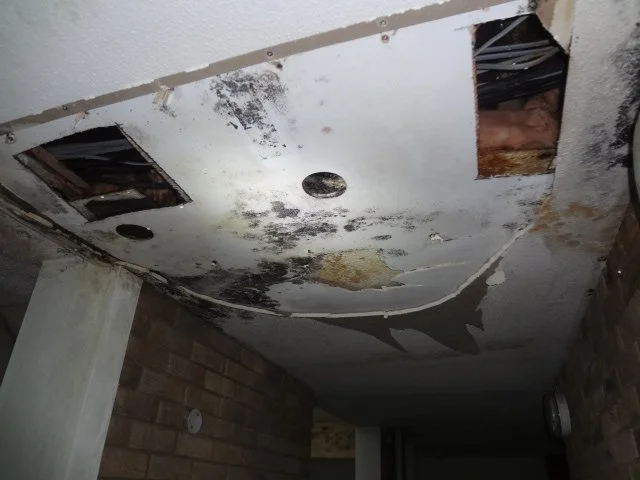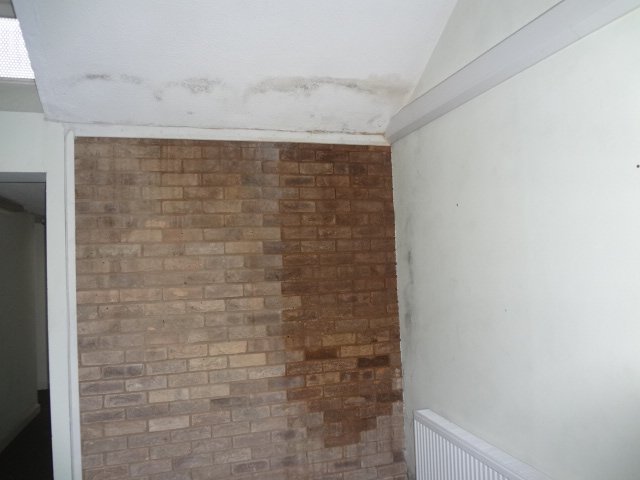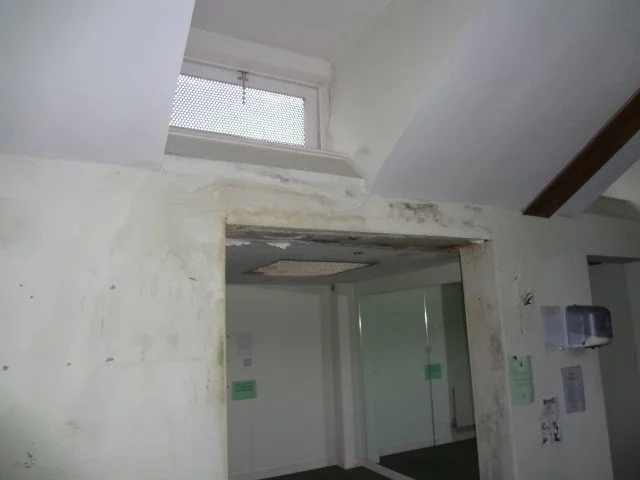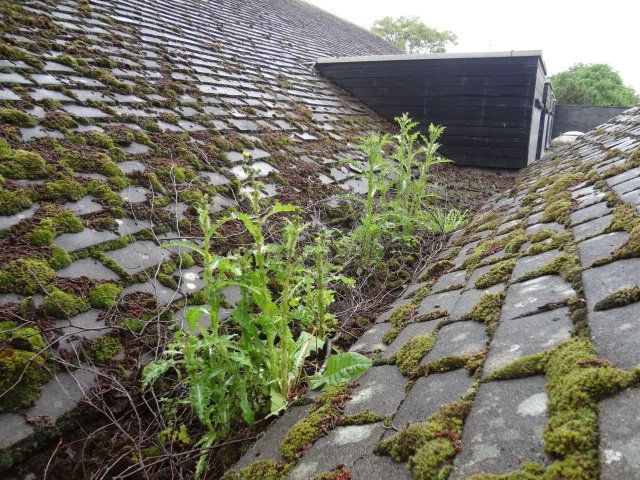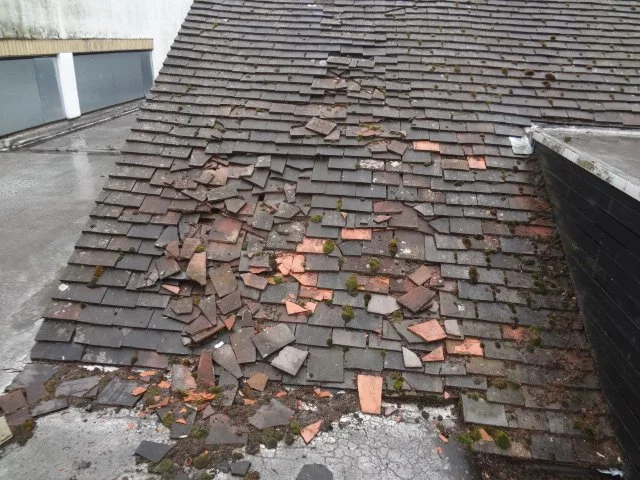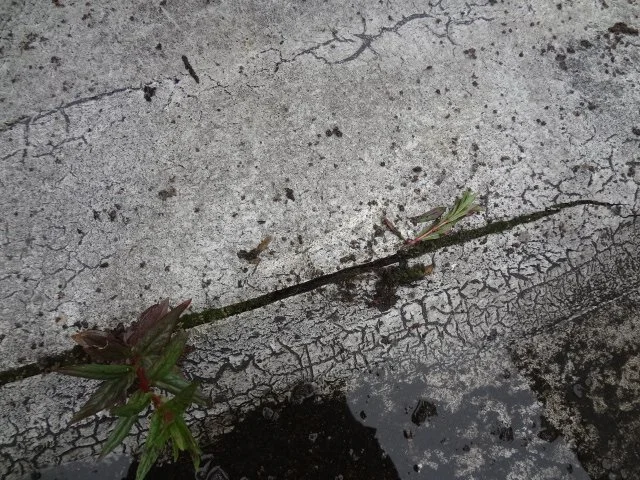Case Study: Damp Investigation & Roof Survey – Healthcare Facility
Client: Confidential (Healthcare Sector)
Location: Buckinghamshire
Services Provided:
Stage One – Initial Non-Invasive Damp & Mould Investigation
Stage Two – Comprehensive Roof Condition Survey
A single-storey healthcare facility, constructed in the 1970s, had been experiencing severe dampness and water ingress across multiple areas.
The building, previously used as a health centre, had become unsafe for occupation, with:
Extensive mould growth, including areas of suspected toxic black mould (Stachybotrys).
Collapsed ceilings due to ongoing leaks.
Damp affecting electrical service rooms and patient areas.
Given the risks to health and safety, the client required an urgent, evidence-based assessment to:
Identify the cause and extent of damp ingress.
Determine the severity of mould contamination.
Provide a structured plan to make the building safe and watertight.
Background
Stage One: Initial Damp & Mould Investigation
The first step was a non-invasive damp survey, focusing on understanding the visible symptoms and patterns of water ingress without opening up the building fabric.
This involved:
Careful visual inspection of all affected rooms and corridors.
Moisture profiling using professional diagnostic tools.
Identification and photographic documentation of mould growth.
Observations of internal drainage paths and external water run-off.
Health and safety review of high-risk areas, including electrical rooms and contaminated surfaces.
Mould Concerns
During the Stage One inspection, widespread black mould growth was found on ceilings, walls, and around light fittings.
Some areas showed the characteristic appearance of toxic black mould (Stachybotrys chartarum), a species known to release harmful mycotoxins.
Why this matters:
Toxic black mould can cause serious respiratory issues, especially in vulnerable individuals.
In healthcare settings, this poses a high risk to staff, patients, and visitors.
Immediate containment and specialist remediation are required to prevent exposure.
Given these findings, the building was deemed unfit for use until further investigation and safe remediation could be planned.
Outcome of Stage One:
The inspection confirmed that roof defects were the likely primary source of the water ingress.
A Stage Two roof survey was recommended to fully assess the external condition and pinpoint the exact causes.
Stage Two: Roof Condition Survey
The Stage Two survey focused on the external roof coverings, drainage systems, and key junctions, using safe access methods.
This included:
Close-up examination of flat asphalt roofs and pitched tiled areas.
Checking valley gutters, downpipes, and outlets for blockages and standing water.
Assessing junctions, flashings, and roof terminations for signs of failure.
Identifying sources of active water ingress and long-term structural risks.
Extensive cracking and failure of flat asphalt roof coverings.
Missing and broken roof tiles, leaving areas exposed to weather.
Valley gutters completely blocked with vegetation and debris.
Missing or poorly installed lead flashings around dormers and upstands.
Risk of significant timber decay from prolonged exposure to moisture.
Key Findings
The client received:
A comprehensive report detailing internal damp and mould risks.
Clear photographic evidence of defective roof areas.
Independent advice on prioritising urgent safety works.
A step-by-step plan to make the building safe, including:
Immediate containment and remediation of mould-affected areas.
Full asbestos survey prior to any disturbance of ceiling finishes.
Phased roof repairs or replacements to prevent further water ingress.
By taking a structured two-stage approach, the client avoided guesswork and gained the information needed to protect both the building and the health of future occupants.
Final Outcome
For healthcare buildings and other sensitive environments:
Mould contamination is a serious health hazard and must be addressed urgently.
A non-invasive damp survey provides essential clarity before major works begin.
Early intervention helps avoid unnecessary costs and long-term structural damage.
Independent reporting ensures decisions are based on facts, not assumptions.
Why This Matters
How Durndell Damp Surveys Help
We specialise in diagnosing complex damp and mould problems, offering:
Independent, factual surveys with no conflict of interest.
Structured, step-by-step investigations to pinpoint the root cause.
Practical strategies to protect health, safety, and building performance.
Whether it’s housing, a commercial site, or a healthcare facility, our approach ensures clients have the knowledge they need to act with confidence.
